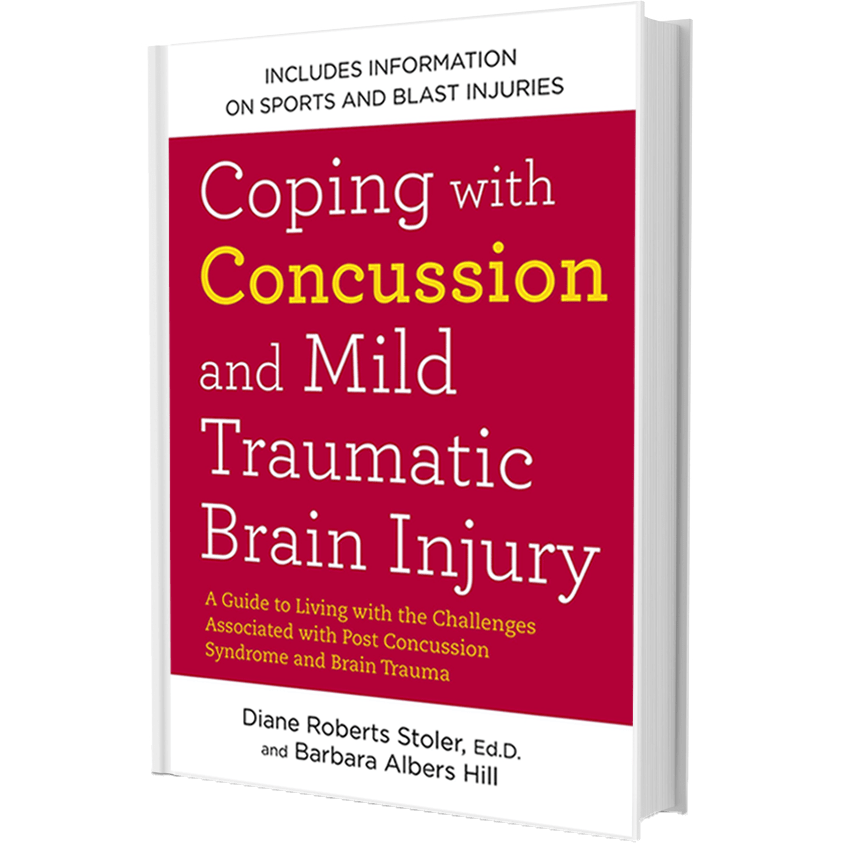What is Hypnosis?
When most people think of hypnosis, the first thing that comes to mind is “mind control”, which is incorrect. Hypnosis is your natural ability to dissociate from your current awareness.
Dissociation:
From birth, everyone can dissociate, which means not concentrating on the present and being in your thoughts or memory. So imagine recalling a memory while talking with someone and losing track of what they are saying; you have just had a moment of dissociation.
Physical and Brainwave State of Hypnosis:
When awake, you have a waking heart rate, pulse, blood pressure, body temperature, and brainwave activity. When you are asleep, your pulse and body temperature decrease, as does your heart rate and blood pressure. And your brainwaves show more slow-wave activity.
The Hypnosis Experience:
Hypnosis is an altered state of consciousness marked by increased openness, relaxation, and imagination. It’s not like sleeping because the subject is alert the whole time. It is often compared to daydreaming or the feeling of “losing yourself” in a book or movie. You are fully conscious but tune out most of the stimuli around you. You focus intently on the subject at hand, nearly excluding any other thought.
Some of the Areas that Hypnosis is Effective:
With hypnosis, you can learn how to respond to and control many conditions, such as pain. For example, hypnosis helps treat Post Traumatic Stress Disorder (PTSD), chronic pain, and chronic illness and assists in childbirth. This method is also highly effective in peak performance, sports psychology, and performing arts.
Dr. Diane® is a Certified Consultant with The American Society of Clinical Hypnosis
Four of Dr. Diane®’s hypnosis scripts on the following areas are published in the Handbook of Hypnotic Suggestions and Metaphors. Edited by D. Corydon Hammond, Ph.D.-Norton, 1990.
- Hypnosis in Pain Management
Suggestions with Postherpetic Neuralgia (‘Shingles’) - Hypnosis with Cancer Patients
Breast Cancer Radiation Treatment and Recovery - Hypnosis with Medical Disorders
Suggestions for Vaginal Warts - Hypnosis in Obstetrics and Gynecology
Childbirth Script/ Approach to Childbirth.
History of Hypnosis
Methods of healing have been used for thousands of years. The modern hypnosis methods are considered to have started with the flamboyant Viennese physician named Franz Anton Mesmer. He was born in 1714 and died in 1815. His method was a combination of what is now known as Energy Psychology, QiGong, and other energy medicines, along with suggestions of dissociation and relaxation. He referred to his methods as restoring the body’s magnetic balance. Many people would refer to being “mesmerized.” He was very successful in treating many forms of diseases and illnesses.
James Braid (1795-1860), seeing Mesmer at work, thought the person was in a sleep-like state; thus, he coined the word “Hypnosis,” which in Latin means sleep. Braid’s methods did not include any of the energy work that Mesmer and, to many, Braid was the father of modern hypnosis. In contrast, others give this honor to Jean-Martin Charcot (1835-1893).
Years later, Sigmund Freud used hypnosis and age regression to work with severe trauma. Louie Chase, who had a practice in Boston, MA., was one of Freud’s students and was the supervisor for Eugene Isotti, the supervisor and instructor for Dr. Diane®, specifically for her childbirth program.
Dr. Diane® spent over five years researching her childbirth program, Stoler Method for Pain Control Childbirth. She delivered over 50 babies using her method. Her research was presented at an International Conference before her brain injury in 1990. She was in the process of getting her program patented when she had her accident and brain surgery. Years later, she discovered her method was being used under the title, Hypnobirthing.
How Many Sessions to Learn Hypnosis Effectively?
Dr. Diane’s program consists of three parts:
- Demystifying hypnosis and explaining that it is a natural occurrence in which you have full control over what is happening. Answering any questions and concerns
- Writing a personalized script for hypnosis, such as for pain management, phobia, sports, or performing arts.
- Teaching an individual to put themselves into hypnosis within 3 seconds (pain takes 5 seconds to register) at the depth level that is best for the situation.
Other Uses of Hypnosis
- Pain Management
- Phobias
- Childhood Trauma
- Sports
- Performing Arts
- Childbirth
- Shingles
- Herpes
- Myoclonic Movements
- Surgery
- Stress Management
- Memory Improvement
Relaxation
Relaxation is a part of hypnosis, though it exists on its own as well. It is impossible to be tense and relax at the same time. Instead, you can relax and control your body in a conscious state through progressive relaxation and specific breathing techniques.
Outside of hypnosis, the relaxation technique is very effective for stress management, anxiety, trauma, chronic pain, fibromyalgia, tension, stuttering, smoking, childbirth, sports, and performing arts.
Visual Imagery
Visual imagery calls for picturing a certain behavior while in a relaxed state. During this time, you modify the actual and emotional parts of the behavior. In addition, you can use this relaxation technique effectively in peak performance, pain management, and stress through your ability to picture, taste, touch, and move.
Ready to Gain the Benefits of Hypnosis?
If you want to learn how to take greater control of your life through the use of hypnosis, relaxation techniques or visual imagery, schedule an appointment for an in-person, phone or Zoom consult with Dr. Diane®.


